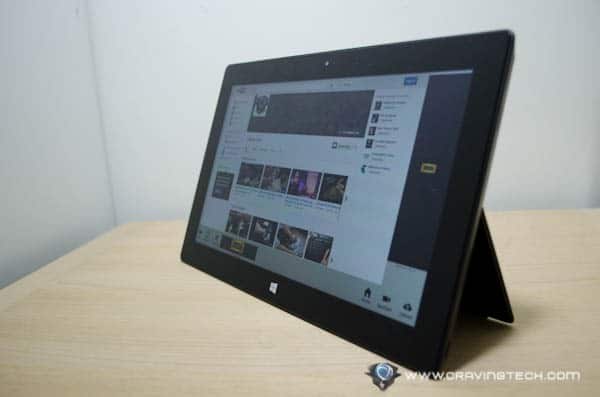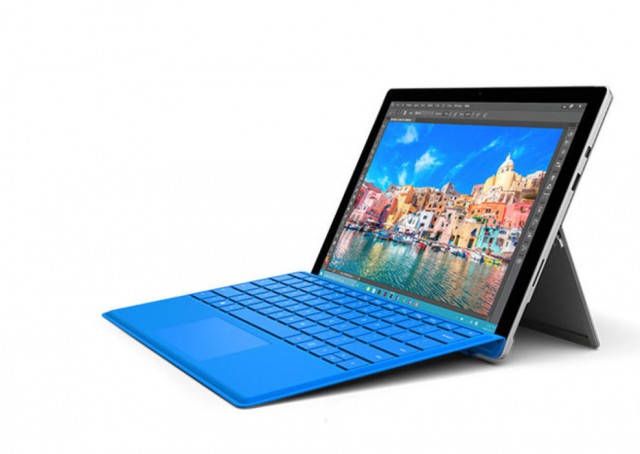

One major difference in the new design is the kickstand, which can be adjusted to nearly any angle between 22 degrees and 150 degrees. To call the experience fanless-like would not be accurate.

Our Surface Pro 3, a midrange model with an Intel Core i5 CPU, certainly felt cool during our hands-on testing, but an audible fan also kicked in at times. That's because the new system internals, designed in partnership with Intel, allow the system run run not only ultra-low-voltage Core i3 or i5 CPUs, but also Core i7 ones, with a slim, quiet fan moving air as needed, allegedly without that telltale whirring sound, or a fan exhaust blowing on your hands. With a wink and a nod, Microsoft says this new Surface Pro design isn't exactly fanless, but it might as well be. Again, when you consider the larger screen, that's a worthy achievement. The Pro 3 is also a tad lighter than its predecessor: 800 grams versus 900.

This new 12-inch version is 11.5 inches by 7.9 inches, but its thickness drops to an impressive 9.1mm. But its thinner body, coupled with a larger 12-inch screen, give it a more upscale feel than either the Pro or Pro 2, which were criticized for a certain boxiness.īoth of the previous Surface Pro models had 10.6-inch screens and were 13mm thick, with a footprint of 10.8 inches by 6.8 inches. Despite the talk of this being the thinnest Intel Core i-series device to date, it still doesn't feel quite as thin and ethereal as, for example, the iPad Air.


 0 kommentar(er)
0 kommentar(er)
